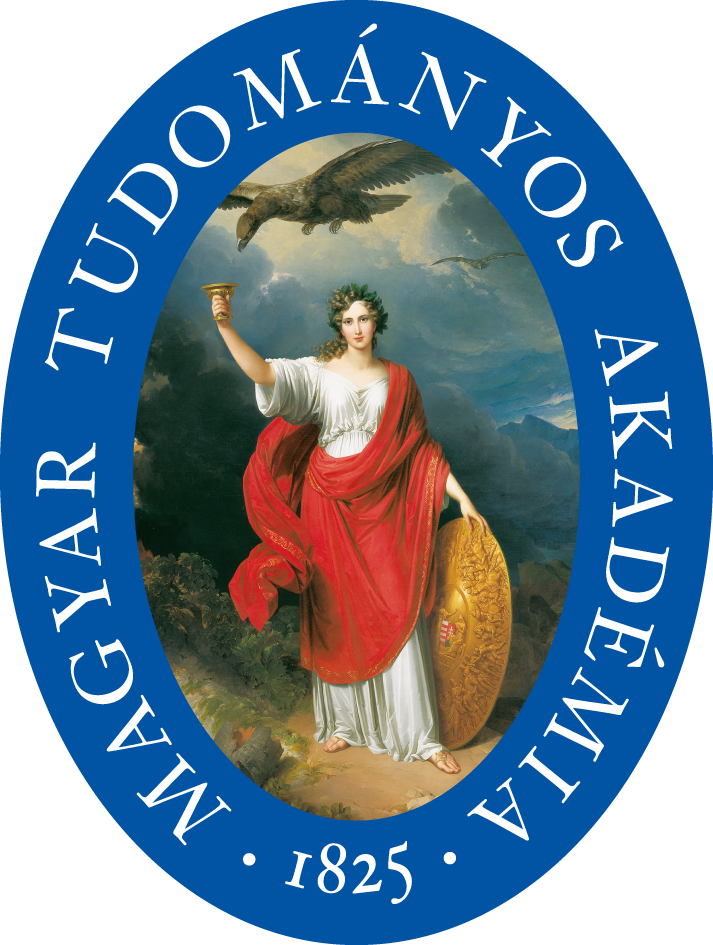Landscapes of agricultural specialisation. A forgotten theme in historic landscape research and management
DOI:
https://doi.org/10.56617/tl.4047Keywords:
cultural landscape, history, agriculture, EuropeAbstract
Some of the most characteristic landscapes in Europe are the result of specialised types of agriculture. Although these landscapes are often cherished by the local population, they tend to be overlooked by most regional landscape classifications. This article, extending on the results of the EucaLand project, focuses on the historic landscapes of agricultural specialisation. It presents the history (main periods, life cycles) as well as the geography of these landscapes.
References
Abel, W. 1935: Agrarkrisen und Agrarkonjunktur in Mitteleuropa vom 13. bis zum 19. Jahrhundert. Parey, Berlin.
Becker, H. 1998: Allgemeine historische Agrargeographie. Teubner, Stuttgart.
Bieleman, J. 2008: Boeren in Nederland; geschiedenis van de landbouw in Nederland 1500-2000. Boom, Amsterdam.
Clason, A.T. 1980: Zeldzame huisdierrassen. Thieme, Zutphen.
Dyer, C. 2004: Alternative agriculture: goats in medieval England. In: Hoyle, R.W. (ed.). People, landscape, and alternative agriculture; essays for Joan Thirsk. British Agricultural History Society, Exeter (The Agricultural History Review Supplement Series 3): pp. 20–38.
Grove, A.T., Rackham, O. 2001: The nature of Mediterranean Europe; an ecological history. Yale UP, New Haven / London.
Harvey, D.W. 1963: Locational change in the Kentish hop industry and the analysis of land use patterns. Transactions and Papers of the Institute of British Geographers 33: 123-144. https://doi.org/10.2307/621004
Hoffmann, R.C. 1996: Economic Development and Aquatic Ecosystems in Medieval Europe. The American Historical Review 101 (3): 631-669. https://doi.org/10.2307/2169418
Hoffmann, R. 2000: Medieval fishing. In: Squatriti, P. (ed.). Working with water in medieval Europe. Brill, Leiden/Boston/Köln (Technology and Change in History 3), pp. 331-393. https://doi.org/10.1163/9789047400110_012
Knittler, H. 2005: Teiche als Konjunkturbarometer? Das Beispiel Niederösterreich. In: Klápštĕ, J. (ed.). Water management in medieval rural economy. Památky Archeologické – Supplementum 17 / Ruralia 5, pp. 208–221.
Küster, H. 1995: Geschichte der Landschaft in Mitteleuropa; von der Eiszeit bis zur Gegenwart. Beck, München.
Lebeau, R. 1969: Les grands types de structures agraires dans le monde. Masson, Paris.
Livi-Bacci, M. 1992: A concise history of world population. Blackwell, Cambridge (Mass.) / Oxford.
Meeus, J., Van Der Ploeg, J.D., Wijermans, M. 1988: Changing agricultural landscapes in Europe: continuity, deterioration or rupture? IFLA, Rotterdam.
Meeus, J.H.A., Wijermans, M.P., Vroom, M.J. 1990: Agricultural landscapes in Europe and their transformation. Landscape and Urban Planning 18: 289–352. https://doi.org/10.1016/0169-2046(90)90016-U
Muir, R. 1985: The lost villages of Britain. Book Club Associates, London.
Nitz, H.-J. 1993: The European world-system: a Von Thünen interpretation of its eastern continental sector. In: Nitz, H.-J. (ed.). The early-modern world-system in geographical perspective. Steiner, Stuttgart (Erdkundliches Wissen 110), pp. 62–83.
Plieninger, T. 2004: Built to last? The continuity of holm oak (quercus ilex) regeneration in a traditional agroforestry system in Spain. In: Konold, W., Reinbolz, A., Yasui, A. (ed.). Weidewälder, Wytweiden, Wässerwiesen – traditionelle Kulturlandschaft in Europa. Freiburg (Culterra; Schriftenreihe des Instituts für Landespflege 39), pp. 5–62.
Pungetti, G., Kruse, A. (eds) 2010: European culture expressed in agricultural landscapes: perspectives from the EucaLand Project. Palombi Editori, Roma.
Renes, H., Paul, L. 2004 : Landbouw en cultuurlandschappen. In: De Pater, B., Béneker, T. Buunk, w. (ed.). Europa: ruimtelijke samenhang en verscheidenheid in de Europese Unie. Van Gorcum, Assen, pp. 69–92.
Renes, J. (ed.) 2010: Histories of European landscapes. In: Kruse, A., Pungetti, G. (ed.). European culture expressed in agricultural landscapes: perspectives from the EucaLand Project. Palombi Editori. (in press)
Roessingh, H.K. 1976: Inlandse tabak; expansie en contractie van een handelsgewas in de 17e en 18e eeuw in Nederland. Walburg, Zutphen (Gelderse Historische Reeks 9) (with English summary).
Schmidt, A. [=A. Kruse] 1999: Beitrag der historischen Landschaftsanalyse für aktuellen Fragen des Naturschutzes; eine Untersuchung durchgeführt am Beispiel des Biosphärenreservates Schorfheide- Chorin. GCA-Verlag, Herdecke.
Slicher van Bath, B.H. 1960: De agrarische geschiedenis van West-Europa 500-1850. Spectrum, Utrecht/ Antwerpen (English ed.: The agrarian history of western Europe. London 1963).
Tabak, F. 2008. The waning of the Mediterranean, 1550–1870; a geohistorical approach. John Hopkins University Press, Baltimore. https://doi.org/10.1353/book.3493
Thirsk, J. 1997: Alternative agriculture; a history from the Black Death to the present day. Oxford UP, Oxford.
Unwin, T. 1991: Wine and the vine; an historical geography of viticulture and the wine trade. Routledge, London/New York.
Van den Eerenbeemt, H.F.J.M. 1993: Op zoek naar het zachte goud; pogingen tot innovatie via een zijdeteelt in Nederland, 17e-20e eeuw. Gianotten, Tilburg.
Downloads
Published
Issue
Section
License
Copyright (c) 2010 Hans Renes

This work is licensed under a Creative Commons Attribution-NonCommercial-NoDerivatives 4.0 International License.
A folyóirat Open Access (Gold). Cikkeire a Creative Commons 4.0 standard licenc alábbi típusa vonatkozik: CC-BY-NC-ND-4.0. Ennek értelmében a mű szabadon másolható, terjeszthető, bemutatható és előadható, azonban nem használható fel kereskedelmi célokra (NC), továbbá nem módosítható és nem készíthető belőle átdolgozás, származékos mű (ND). A licenc alapján a szerző vagy a jogosult által meghatározott módon fel kell tüntetni a szerző nevét és a szerzői mű címét (BY).











